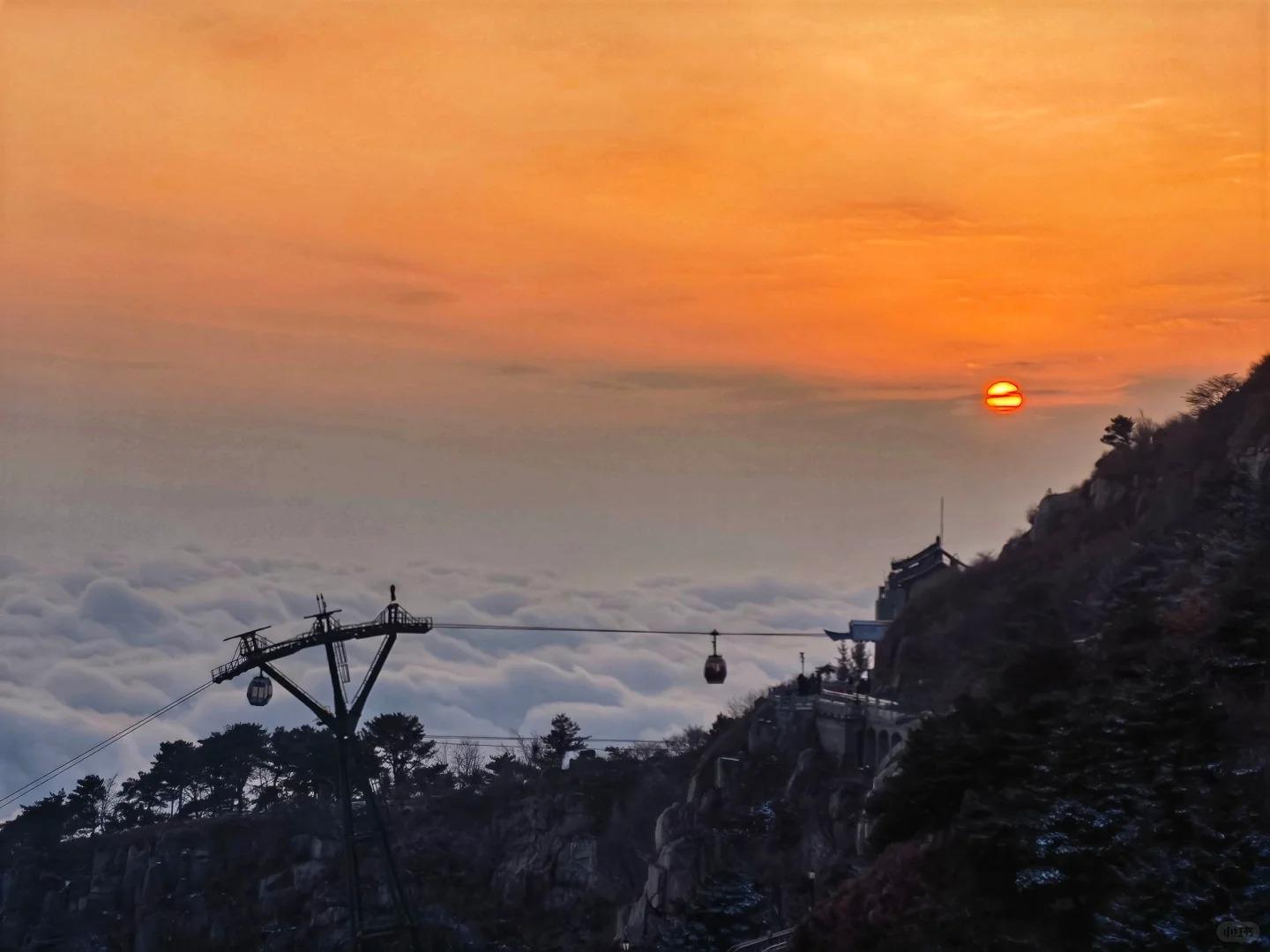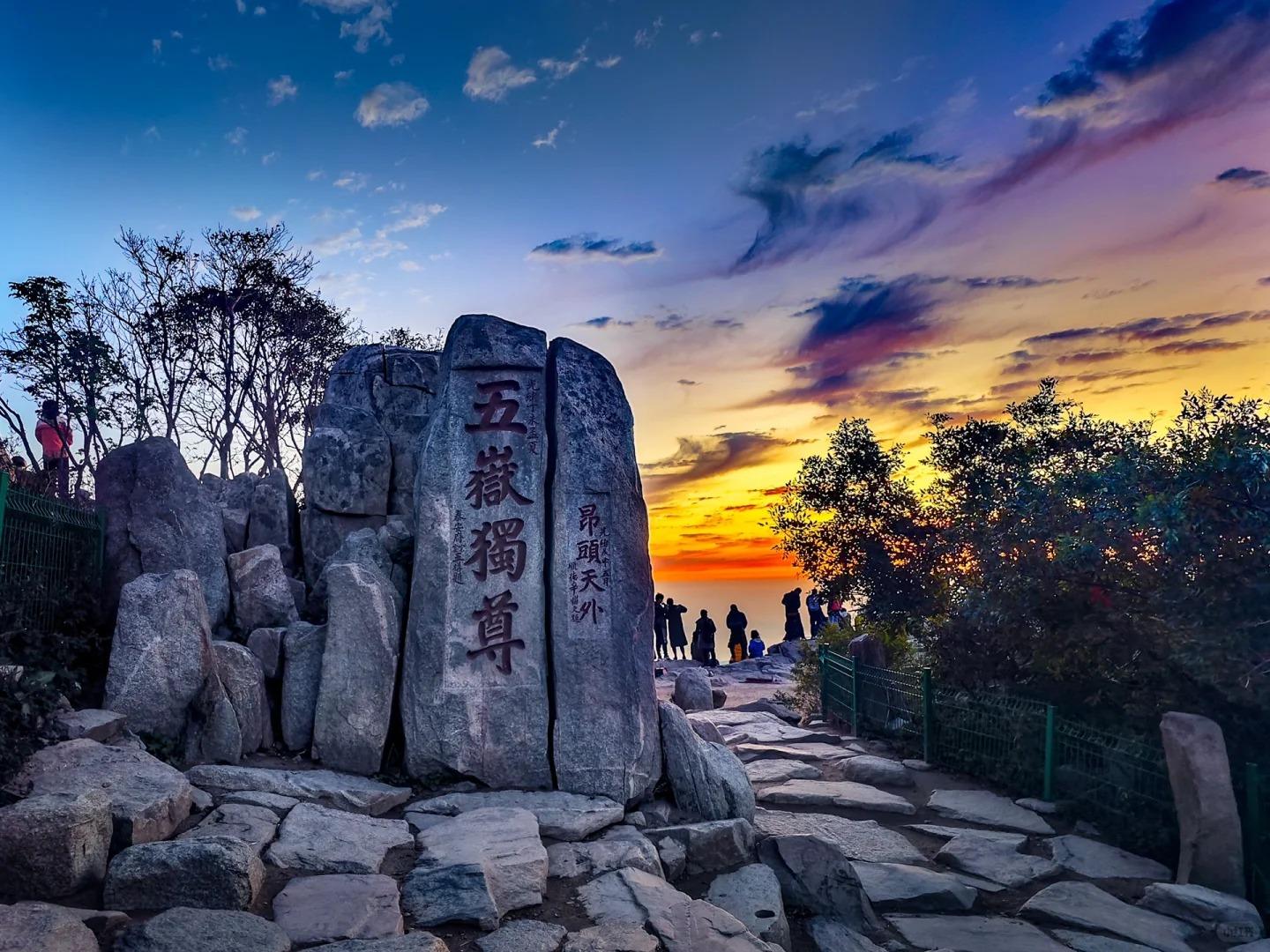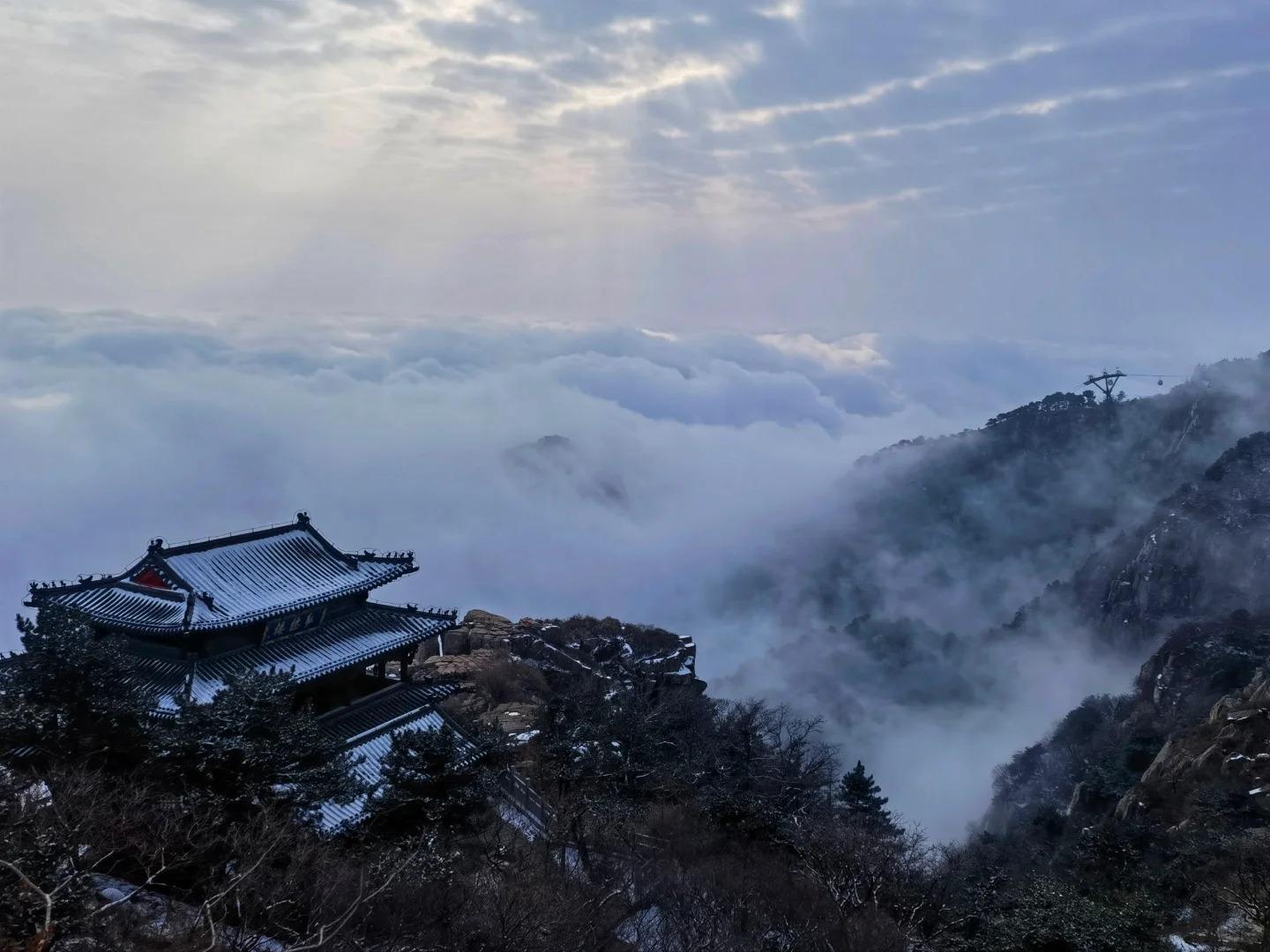Visiting Information
| Information | Details |
|---|---|
| Chinese Name | 泰山 (Tài Shān) |
| Location and Address | Tai’an City, Shandong Province, China |
| Opening Time/Hours | 24 hours daily |
| Entrance Fee | 125 CNY (April to October), 100 CNY (November to March) |
| How to Get There | By Bus: Take bus 1, 2, 3, or 13 to Taishan Station By Taxi: About 15-20 minutes from Tai’an city center Note: There is no metro in Tai’an |
| Best Time for Visit | April to October |
| Contact Info | Tel: +86 538 827 5000 Email: [email protected] |
Overview
Mount Tai, or Taishan, is one of the “Five Great Mountains” of China and is considered the most important. Located in Shandong Province, it has been a place of worship for at least 3,000 years and is known as the eastern mountain of the Five Great Mountains. Mount Tai is associated with sunrise, birth, and renewal, and is often regarded as the foremost of the five mountains.
Historical Background
Mount Tai has been a significant site in Chinese history and culture for millennia. It was the site of imperial pilgrimages by emperors seeking the Mandate of Heaven. The earliest recorded climb dates back to the 11th century BC, when King Wu of Zhou ascended for a sacrificial ceremony. Throughout Chinese history, Mount Tai has been visited by numerous emperors, scholars, and poets, each leaving their mark through inscriptions, temples, and cultural relics. The mountain’s importance in Chinese civilization is reflected in the saying, “Five Mountains to climb in this life, and the first is Taishan.”

Architectural Features
- Dai Temple: Located at the foot of Mount Tai, Dai Temple is one of the largest and best-preserved ancient architectural complexes in China. Built during the Han Dynasty and expanded in later periods, it served as the place where emperors offered sacrifices and prayed to heaven and earth for peace and prosperity.
- Azure Clouds Temple: Situated near the summit, this temple complex dates back to the Tang Dynasty. It features intricate wooden structures and vibrant frescoes, showcasing the blend of religious and imperial architectural styles.
- South Heaven Gate: This impressive stone archway marks the entrance to the summit area of Mount Tai. It’s adorned with inscriptions and serves as a symbolic gateway between earth and heaven.
- Bixia Temple: Dedicated to the Princess of the Azure Clouds, this temple is one of the grandest on the mountain. Its golden roof tiles and ornate decorations make it a standout feature of Mount Tai’s architectural landscape.
Cultural Importance
Mount Tai holds immense cultural significance in Chinese history and spirituality. It’s revered in Taoism and Chinese folk religion as a sacred mountain where heaven and earth meet. The mountain has been a source of inspiration for countless Chinese poets, painters, and philosophers. It’s considered a symbol of the Chinese nation’s endurance and stability, often referred to in the phrase “as stable as Mount Tai.” The mountain’s inscriptions, stone tablets, and ancient trees are regarded as invaluable cultural relics, bearing witness to thousands of years of Chinese civilization.
Surrounding Attractions
- Tai’an City: The city at the foot of Mount Tai offers various attractions including the Dai Temple complex, Dongping Lake, and numerous historical sites. It’s a great base for exploring the region and experiencing local Shandong culture and cuisine.
- Qufu: Located about 70 km south of Mount Tai, Qufu is the birthplace of Confucius. Visitors can explore the Confucius Temple, the Confucius Family Mansion, and the Confucius Forest, all of which are UNESCO World Heritage sites.
- Jinan: The capital city of Shandong Province, about 60 km north of Mount Tai, is famous for its natural springs. Key attractions include Daming Lake, Thousand Buddha Mountain, and the Shandong Museum.
- Mengshan Buddha: Located in Yiyuan County, about 100 km from Mount Tai, this is one of the largest Buddha statues in the world. The surrounding scenic area offers beautiful landscapes and cultural experiences.

Photography Opportunities
- Sunrise at the Summit: The view of the sunrise from the top of Mount Tai is a breathtaking spectacle. Photographers gather at the East Peak before dawn to capture the sun emerging from a sea of clouds, painting the sky in vibrant hues.
- Sea of Clouds: On certain days, especially in spring and autumn, a sea of clouds forms below the summit, creating a surreal, ethereal landscape. This phenomenon offers unique opportunities for atmospheric and moody shots.
- Ancient Pine Trees: The gnarled, weather-beaten pine trees on Mount Tai, some of which are over a thousand years old, provide excellent subjects for nature and landscape photography. Their twisted forms against the rocky backdrop create striking compositions.
- Stone Inscriptions: The numerous ancient inscriptions carved into the rocks and cliffs of Mount Tai offer interesting close-up photography opportunities. These inscriptions, some dating back centuries, tell the story of the mountain’s cultural significance.
- Traditional Architecture: The temples, gates, and pavilions scattered across Mount Tai provide excellent subjects for architectural photography. The interplay of these structures with the natural landscape can result in stunning images that capture the essence of traditional Chinese aesthetics.
Modern Importance
- Tourism: Mount Tai is a major tourist destination, attracting millions of visitors annually. This tourism plays a significant role in the local economy, providing employment and driving the development of related industries in the region.
- Cultural Preservation: As a UNESCO World Heritage Site, Mount Tai serves as a focal point for efforts to preserve Chinese cultural heritage. Ongoing conservation work ensures that the mountain’s historical and cultural significance is maintained for future generations.
- Environmental Research: The diverse ecosystem of Mount Tai provides valuable opportunities for scientific research, particularly in the fields of botany, geology, and climate change. The mountain serves as an important site for monitoring environmental changes in northern China.
- Physical Fitness: Climbing Mount Tai has become a popular challenge for fitness enthusiasts. The mountain’s stairs and trails offer a rigorous workout, promoting physical health and outdoor activities among both locals and tourists.
- National Pride: Mount Tai continues to be a symbol of Chinese culture and national identity. Its enduring presence in Chinese literature, art, and philosophy reinforces its role as a cultural icon, fostering a sense of continuity with China’s ancient past.

FAQ
- What is Mount Tai famous for?
Mount Tai is famous for its historical and cultural significance, being one of China’s Five Great Mountains. It’s known for its stunning sunrise views, ancient temples, and as a symbol of Chinese civilization and spirituality. - What’s inside Mount Tai?
Mount Tai features numerous temples, pavilions, stone inscriptions, and natural wonders. Key sites include the Dai Temple at its foot, Azure Clouds Temple near the summit, and various scenic spots along the climbing routes. - Is Mount Tai free?
No, Mount Tai is not free. There is an entrance fee that varies depending on the season (125 CNY from April to October, 100 CNY from November to March). - Is Mount Tai worth visiting?
Yes, Mount Tai is definitely worth visiting for its historical significance, natural beauty, and cultural importance in Chinese civilization. It offers unique experiences like watching the sunrise and exploring ancient temples. - What to do in Mount Tai?
Visitors can climb the mountain, watch the sunrise, explore temples and historical sites, view ancient inscriptions, enjoy scenic vistas, and experience the cultural and spiritual atmosphere of this sacred mountain. - How do I get to Mount Tai in the local city?
In Tai’an city, you can take buses 1, 2, 3, or 13 to Taishan Station. Alternatively, a taxi from the city center to Mount Tai takes about 15-20 minutes. - How to visit Mount Tai?
To visit Mount Tai, you can either hike up the mountain or take a combination of bus and cable car. It’s advisable to start early, especially if you want to see the sunrise. Wear comfortable shoes, bring water, and be prepared for a lot of stairs if you’re hiking. Consider staying overnight at the summit for the best sunrise experience.




